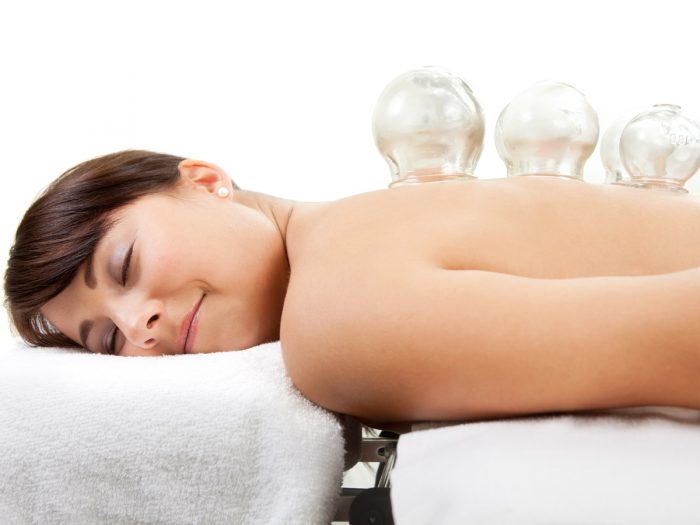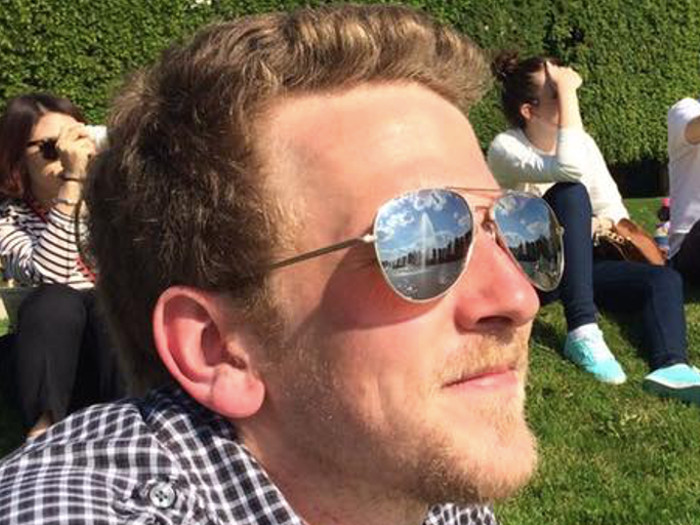The benefits of cupping therapy may be somewhat debated in modern medicine, but it remains a popular technique in some parts of the world.
Cupping Therapy
The ancient Chinese therapeutic method of cupping is a very simple technique which involves the use of small cups to create suction. This therapy provides many benefits including relieving pain, fatigue, migraines and increasing blood flow.
Types of Cupping Therapy
There are two types of cupping:
- Dry cupping
- Wet cupping

Cupping therapy is good for pain relief. Photo Credit: Shutterstock
Dry Cupping
- In dry cupping therapy, the therapists light either alcohol, herbs, or small bits of paper on fire in the cup.
- As the fire goes out, the therapist places the cup open side down on the patient. [1]
- The cooling air in the cup creates a powerful suction force that draws the skin of the patient up.
- The vacuum causes the blood vessels to expand and gives the muscles the equivalent of a deep tissue massage.
- When the cups are removed after a few minutes, the patient is often left with red circles or bruises on their back, but proponents insist that the benefits are worth it.
Wet Cupping
In wet cupping, the therapist makes a small cut under each cup in order to draw small amounts of blood out with the suction. A practice called needle cupping also exists, where acupuncture needles are inserted and the cups are placed over them. [2]
Benefits of a Cupping Massage
Cupping is thought to help with disorders where improved circulation can restore balance to the body, or where muscles are inflamed. It is used to treat various health issues that include:
- Varicose veins
- Bronchial congestion
- Asthma
- High blood pressure
- Migraines
- Fertility issues
- Skin disorders, such as acne, eczema, or herpes zoster. [3]
- Anemia
- Hemophilia
- Depression and anxiety
It helps reduce inflammation for sufferers of fibromyalgia and arthritis. When paired with massage, cupping is thought to detoxify the body and help correct chemical imbalances. Modern research has shown cupping to also be effective in treating cervical spondylosis and facial paralysis. [4]
Side Effects of Cupping
People undergoing this therapy may experience side effects that include:
- Skin irritation
- Redness and bruising at the site of application
- Lightheadedness
- Dizziness
- In extreme cases, scarring
Note: Cupping is not recommended for women who are pregnant or menstruating.
